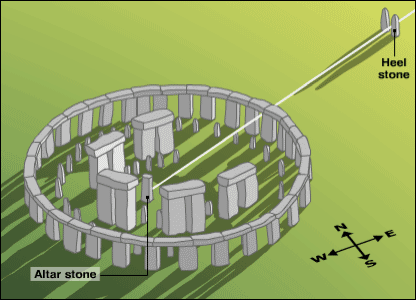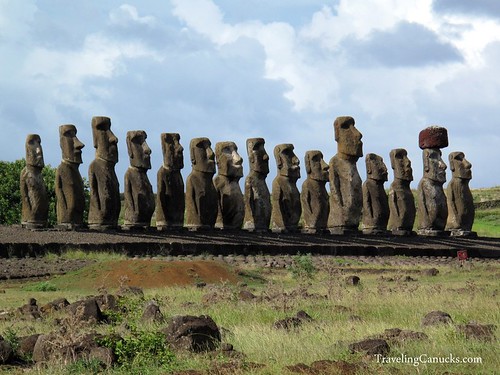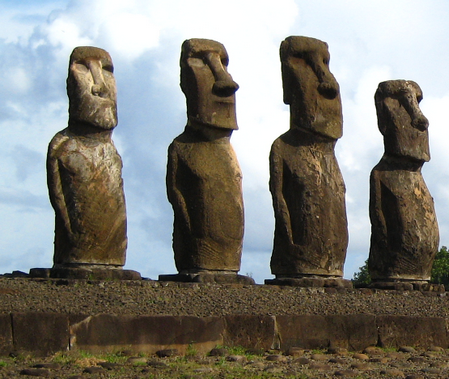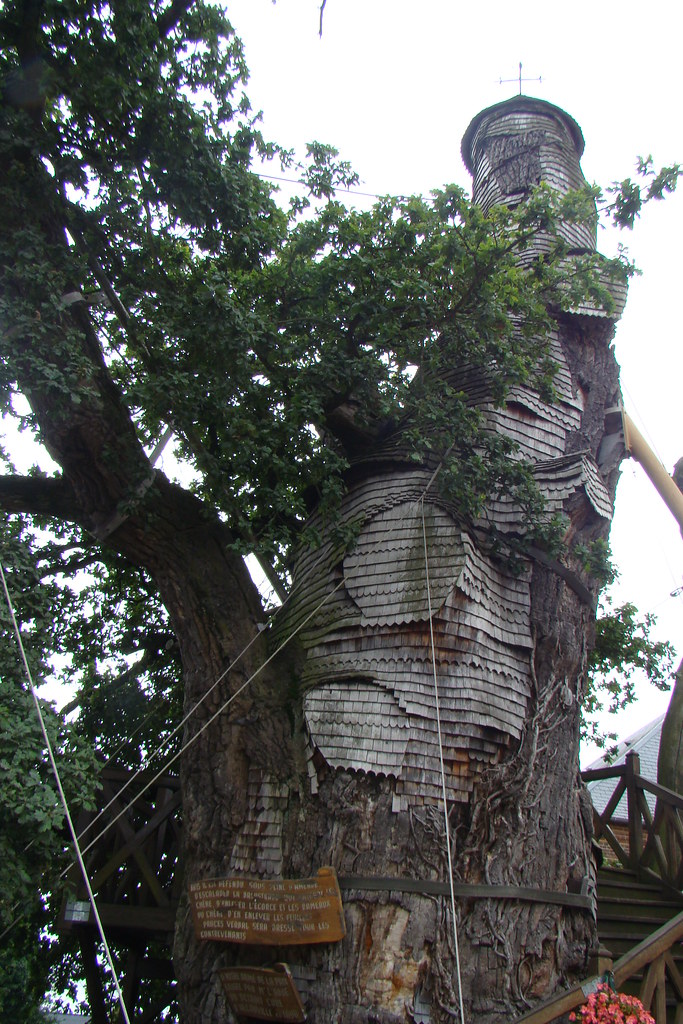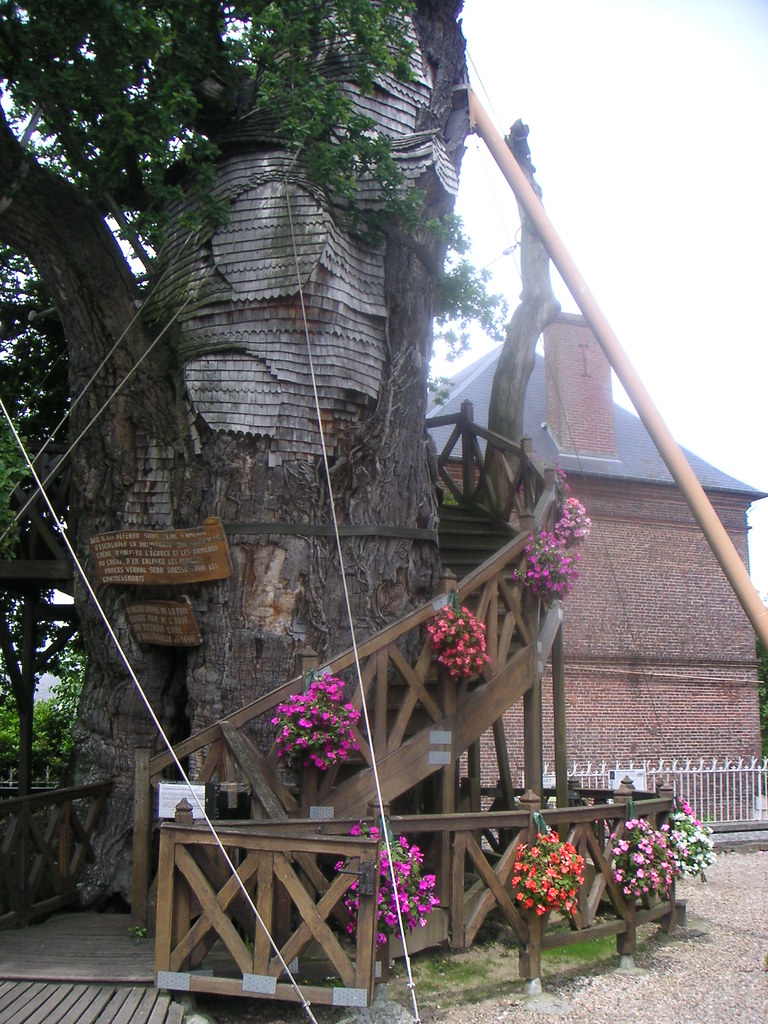
Sharon Cherop and Wesley Korir post for cameras after winning the Boston marathon on Monday. Reuters
Two hours, 31 minutes, and 51 seconds after the Boston marathon began on Monday, its male and female champions had already finished. A few minutes later, race-watchers noticed something. The first, second, and third-place men were all Kenyan. So were the first, second, and third-place women. It was yet another amazing showing for Kenyan runners, and yet another reason to ask: how?
For such a popular, straightforward question, there's less consensus than you might think. Western research on the nature of Kenyan runners, and on successful African athletes in general, is complicated by some particularly thorny racial politics. There's a nasty history, after all, to white scientists evaluating the physical attributes of Africans. But that hesitancy to really study Kenyan runners' success has allowed some probably false, and often culturally reductive, theories to persist. The scientific research hits on some of the most sensitive racial anxieties of Western-African relations, but it's also an amazing story of human biodiversity.
The statistics are hard to ignore. This medium-size country of 41 million dominates the world in competitive running. Pick any long-distance race. You'll often find that up to about 70 or 80 percent of its winners since the late 1980s, when East African nutrition and technology started catching up with the West, have been from Kenya. Since 1988, for example, 20 of the 25 first-place men in the Boston Marathon have been Kenyan. Kenyan women appear to have had a later start, winning none of marathons before 2000 (possibly due to discriminatory laws and a tradition of forcing girls into marriages, both of which were partially rolled back by 1990s reforms) and 9 of 13 since then. Of the top 25 male record holders for the 3000-meter steeplechase, 18 are Kenyan. Seven of the last 8 London marathons were won by Kenyans, and the sole outlier was from neighboring Ethiopia*. Their record in the Olympic men's marathon is more uneven, having placed in the top three in only four of the last six races. Still, not bad for one country. And even more amazing is that three-forths of the Kenyan champions come from an ethnic minority of 4.4. million, or 0.06% of global population.
It turns out that Kenyans' success may be innate. Two separate, European-led studies in a small region in western Kenya, which produces most of the race-winners, found that young men there could, with only a few months training, reliably outperform some of the West's best professional runners. In other words, they appeared to have a physical advantage that is common to their community, making it probably genetic. The studies found significant differences in body mass index and bone structure between the Western pros and the Kenyan amateurs who had bested them. The studied Kenyans had less mass for their height, longer legs, shorter torsos, and more slender limbs. One of the researchers described the Kenyan physical differences as "bird-like," noting that these traits would make them more efficient runners, especially over long distances.
Racial politics can make the genetics of African athleticism difficult to talk about in the West.
Surprisingly, Western popular writing about Kenyans' running success seems to focus less on these genetic distinctions and more on cultural differences. For years, the cultural argument has been that Kenyans become great runners because they often run several miles to and from school every day. But, about a decade ago, someone started asking actual Kenyans if this was true, and it turned out to be a merely a product of Western imaginations: 14 of 20 surveyed Kenyan race-winners said they'd walked or ridden the bus to school, like normal children do. Another cultural argument says they run barefoot, which develops good habits, but if this were true then surely the far more populated countries of South Asia, where living without shoes is also common, would dominate over Kenyans. Another ascribes it to the "simple food" of Kenya, but this again is true of many parts of the world, and Kenya's not-so-great health record suggests the country has not discovered the secret to great nutrition. And there is a cringe-inducing theory, still prevalent, that Kenyans' history as herders means they get practice running as they chase their sheep across the countryside.
Another argument notes that many of Kenya's best runners come from the sunny highlands in the Great Rift Valley, which also happens to be the birthplace of homo sapiens. The land there is flat with mild year-round weather, encouraging regular outdoor running. The high elevation -- about 7,000 feet -- could help runners here develop lungs capable of functioning in thinner air. When these runners descend to the relatively low-elevation courses at Boston or Beijing, the thicker atmosphere there would give them, in effect, a sustained oxygen boost. This may help explain why they developed physical traits better suited for running, although it's possible that these features are also due to something called "genetic drift" -- evolution is based on random genetic mutations, after all, so any isolated community will "drift" to certain common traits for no reason other than chance. Still, there are plenty of high places in the world, and neither Swiss nor Nepalese runners have yet made their big debut. And the conventional wisdom among trainers is that, although high altitudes can help develop lung capacity, the best way to do this is by sleeping at high elevation and training at low elevation.
These theories seem to say more about how the West sees Kenya than about Kenya itself. But they are deep in the Western understanding. Malcolm Gladwell's ultra-best-seller,
Outliers, shows just how deeply ingrained this thinking has become. His chapter on Kenyan runners argues, as one blogger summarized it, "ideal environments + a tremendous amount of hard work and focus on a specific thing = success beyond what most people achieve." World-champions runners, Gladwell says, are idolized in Kenya the way that Americans idolize rock stars.
Talking about the greatness of African athletes can be fraught in the Western world. Generations of American slavery were justified in part by arguments that Africans were "specialized" for physical labor, and whites for mental work, ideas that have persisted in American paternalism and racism through today. For a white writer like myself (or a white researcher or a white anthropologist) to talk about the physical attributes of black men and women can echo some of the worst moments in modern history. And there is something distasteful about reducing Africans to the prowess of their best athletes. After all, Kenya's contributions to the world include, for example, great writers,environmentalists, and politicians.
It's hard to talk about the subject without revealing some bias, or giving the impression of trying to explain away their success, or hitting on some still-fresh cultural wound from centuries of exploitation. This may be why definitive answers seem so hard to find, and why we tend to embrace theories that downplay legitimate biological distinctions and emphasize the idea that Kenyans simply work harder. But this kind of thinking, though clearly well intentioned, is a kind of condescension in itself. We're so afraid of reducing Africans to their physical attributes that we've ended up reducing them to an outdated stereotype:
Cool Runnings, the barefoot village boy who overcame.
Scientific research on the success of Kenyan runners has yet to discover a
Cool Runnings gene that makes Kenyans biologically predisposed to reaching for the stars, or any scientific basis for Gladwell's argument that they just care more. Most of Kenya's Olympic medal winners come from a single tribe, the Kalenjin, of whom there are only 4.4 million. Sub-Saharan Africans have identified themselves by tribes such as this one for far longer than they've identified by nationality -- a system mostly imposed by the Western colonialism -- so the Kalenjin distinction is not just academic, and the tribe is probably genetically insular enough that common physical traits could inform their athletic success.
In 1990, the Copenhagen Muscle Research Center compared post-pubescent schoolboys there to Sweden's famed national track team (before Kenya and a few other African countries began dominating international racing events in the late 1980s, Scandinavians were the most reliable winners). The study found that boys on the high school track team in Iten, Kenya, consistently outperformed the professional Swedish runners. The researchers estimated that the average Kalenjin could outrun 90% of the global population, and that at least 500 amateur high school students in Iten alone could defeat Sweden's greatest professional runner at the 2,000-meter.
A 2000 Danish Sports Science Institute investigation reproduced the earlier study, giving a large group of Kalenjin boys three months of training and then comparing them to Thomas Nolan, a Danish track superstar. When the Kalenjin boys trounced him, the researchers -- who had also conducted a number of physical tests and compared them against established human averages -- concluded that Kalenjins must have an inborn, physical, genetic advantage. They observed a higher number of red blood cells (which lent new credence to the theory that elevation makes their bodies more effective oxygen-users) but, in their conclusions, emphasized the "bird-like legs" that make running less energy-intensive and give their stride exceptional efficiency.
Unlike the 1990 research, which came only a few short years into the Kenyan phenomenon, the 2000 study landed in the middle of an international debate about why these young men and women from East Africa were dominating a sport that had long been a point of Western pride. It was controversial. "There's nothing in this world unless you work hard to reach where you are, and so I think running is mental," said Kenyan Olympic gold medal-winner Kip Keino, who condemned the research as racist. Westerners wrote about the "black speed genes," and some wondered if Kenyans had an unfair advantage.
Running, like any sport, is inherently physical, and physical traits inform athletic success. Just because Larry Bird and Michael Jordan are tall doesn't mean they aren't first and foremost great athletes. Part of Olympian Michael Phelps' record-breaking swimming is his unusual body shape, which is genetically inborn; you can't train for longer arms. All athletes owe some of their success to their own physical traits, but because Kalenjin runners share those traits across an ethnic group, and because that ethnic group is part of the story of colonialism and white exploitation of blacks for their physical labor, it's harder to talk about. But that doesn't make their athleticism any less amazing.









